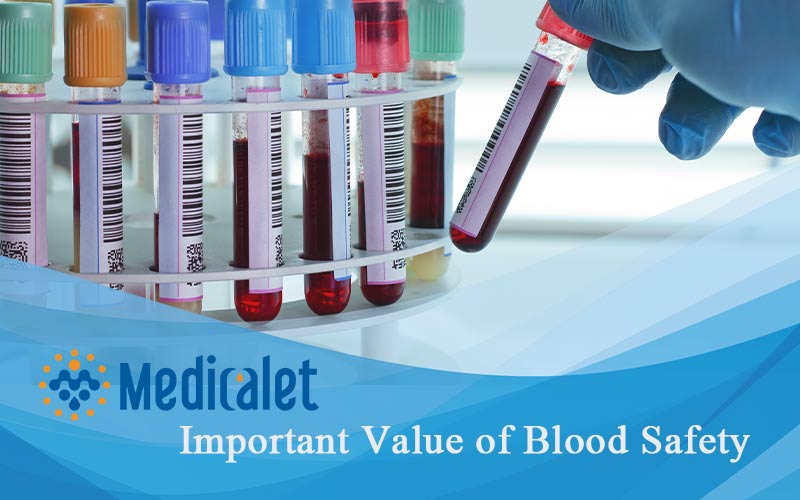
Blood carries life, donates blood for free, and saves the lives of others, and how to ensure blood safety is one of the core of blood supply.
The theme of World Blood Donor Day 2022 is "Safe Blood Saves Lives". With the society's continuous emphasis on blood safety, the management level of blood stations has been continuously improved, and the technical requirements for blood screening have become higher and higher.
In the early 1990s, enzyme-linked immunosorbent assay (ELISA) was listed as the main technical means of blood screening. Since 2010, nucleic acid detection has been piloted and gradually promoted in China. By the end of 2015, full coverage of nucleic acid detection has been achieved. , to a greater degree to ensure blood safety. The latest version of the "Technical Operating Regulations of Blood Banks (2019 Edition)" has included chemiluminescence immunoassay (CLIA) as a serological detection technology in the detection method, making it possible to popularize this technology in the blood bank system in the future. Compared with the traditional open-type ELISA, the closed-system chemiluminescence immunoassay is more in line with the requirements of high blood safety standards.
Introduction to the blood bank laboratory process
The routine procedures of the blood station include blood collection, handover and receipt, preliminary centrifugation, re-centrifugation, classification, lid opening, and ELISA and nucleic acid tests in sequence or in parallel after racking. In addition, blood type and biochemical tests are also mandatory items. The types of testing items in the blood station laboratory are fixed, and each category has a large batch size. The barcode entry process requires a high level of informatization, and the quality of blood samples and detection sensitivity are higher. A testing system with a high degree of automation is essential for the special testing needs of blood stations. Through the introduction of laboratory automation, many steps can be completed automatically through instruments and equipment, replacing manual operations. In addition to improving work efficiency, more importantly, the risk of human error is greatly reduced through standardized processes, and the quality management of the entire laboratory process is significantly improved. Level.
